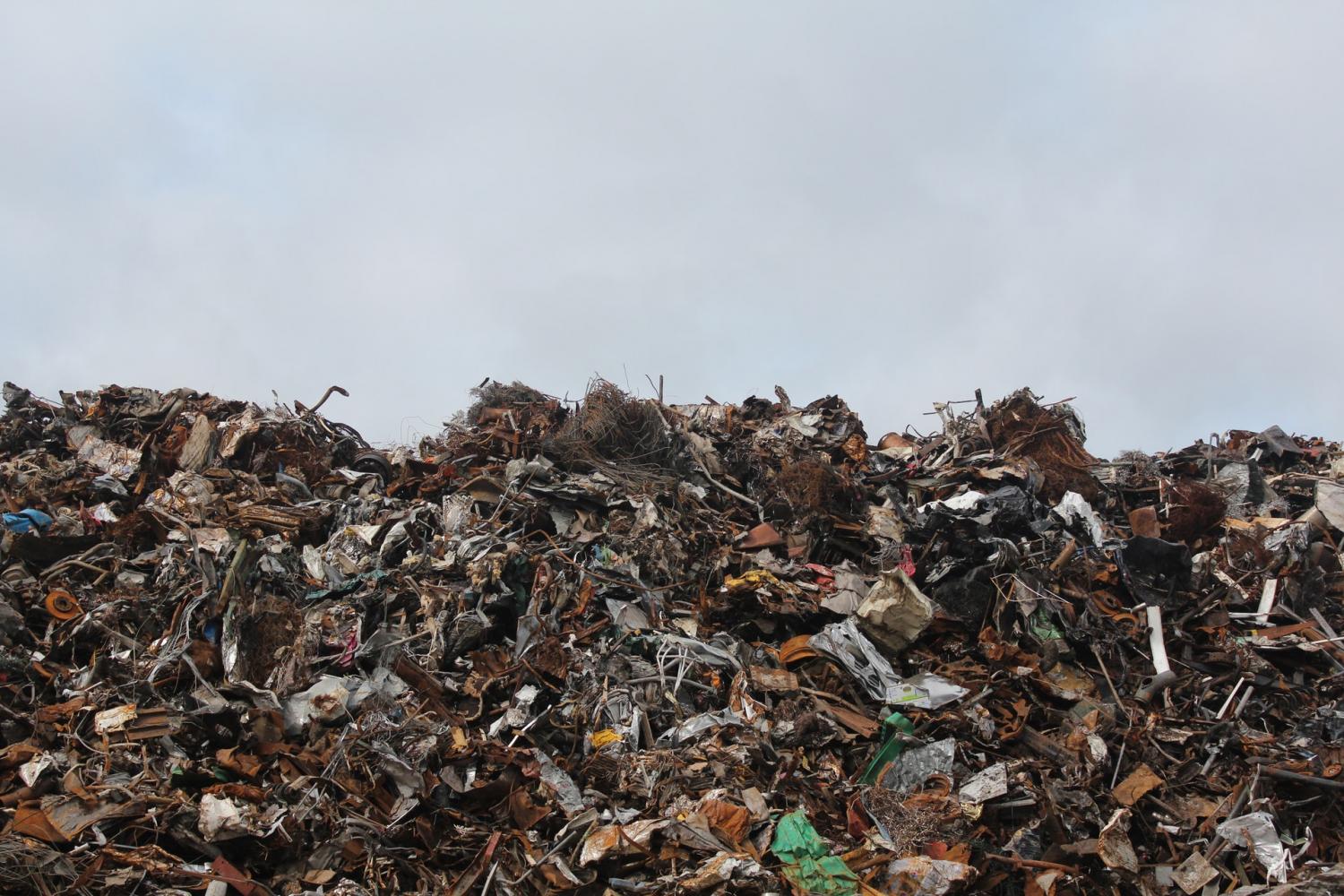
Landfills across the U.S. are teeming with waste. In fact, the average American throws away over 1,130 pounds of waste a year. That’s an environmental disaster because rotting garbage produces landfill gas (LFG) which is made up of 50 percent methane, a greenhouse gas with the warming potential 23 times greater than carbon. Municipal solid waste (MSW) is the third-largest source of human-related methane emissions in the U.S. In 2009, MSW accounted for about 17 percent of methane emissions according to the EPA. MSW landfills released an estimated 27.5 million metric tons of carbon equivalent to the atmosphere in 2009.
The environmental disaster can be avoided by using LFG as a source of energy to create heat or electricity. Landfills can “significantly reduce” their methane emissions through LFG projects. Over 365 landfills in the U.S. already recover methane and use it to produce electricity or heat. An LFG energy project can capture 60 to 90 percent of the methane emitted from a landfill. Generating electricity from LFG makes up about two-thirds of the operational projects in the U.S. Using LFG to offset the use of another fuel such as natural gas or coal occurs in about one-third of the operational projects.
The emerging area of LFG is producing alternative fuels. There has been successful delivery of LFG to a natural gas pipeline as a fuel, according to the EPA, and LFG has been converted to vehicle fuel as compressed natural gas and liquefied natural gas. There are also projects in the planning stages to convert LFG to methanol.
LFG projects save money
Using LFG to provide power or heat generates revenue from the sale of the gas, and creates jobs for communities. Businesses save money by using LFG, and some companies can even save millions of dollars over the life of their LFG projects, the EPA states on its website.
Businesses are not the only ones that can save money by using LFG for power or heat. The LFG project developed in 1997 in Maryland Heights, Missouri for Pattonville High School saves the school $40,000 a year. The Fred Weber Sanitary Landfill runs a 3,600-foot pipeline run from the landfill to the school’s two basement boilers. The school is less than a mile from the landfill. To develop the project, the school received a $150,000 loan from the Missouri Department of Natural Resources, and a $25,000 grant from the St. Louis County Solid Waste Commission. Fred Weber invested $220,000 for the pipeline construction.
From New Mexico to Ohio
The City of Albuquerque, in New Mexico, will develop a LFG project to heat water in the Metropolitan Detention Center. The City Council unanimously approved the $1 million project earlier this month. The landfill already has 46 wells that extract the gas, but it’s burned off and not used in order to avoid releasing a greenhouse gas into the atmosphere. The EPA is contributing $500,000 to the project, the city about $300,000 and the county about $230,000.
The Houston-based Elements Markets LLC recently made its LFG-to-pipeline project in Amsterdam, Ohio public. The project is at the APEX Sanitary Landfill which is located on 1,285 acres, and receives about 1.8 million tons of waste a year. It is one of the fastest growing landfills in the U.S., according to a press release by Elements Markets. The project will produce over 32 million of British Thermal Units (MMBtu) of biomethane, enough to power 19,000 homes. It is expected to be in operation in 2013.
Image credit: Pexels

Gina-Marie is a freelance writer and journalist armed with a degree in journalism, and a passion for social justice, including the environment and sustainability. She writes for various websites, and has made the 75+ Environmentalists to Follow list by Mashable.com.














